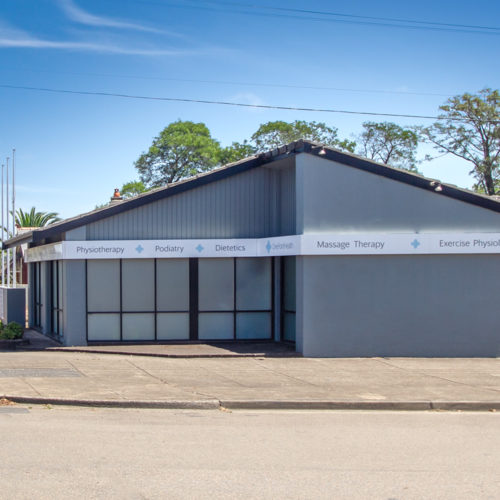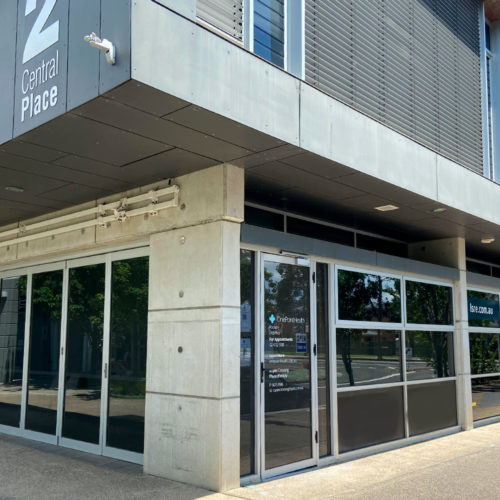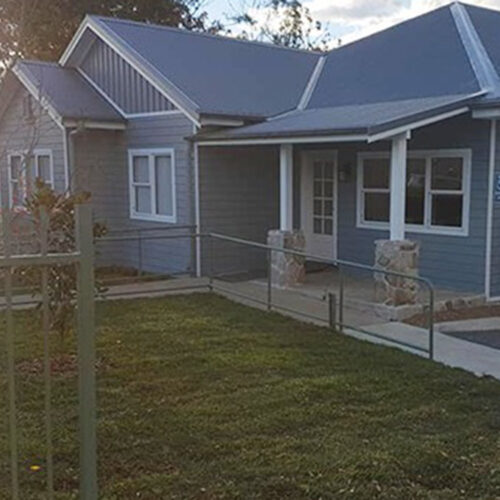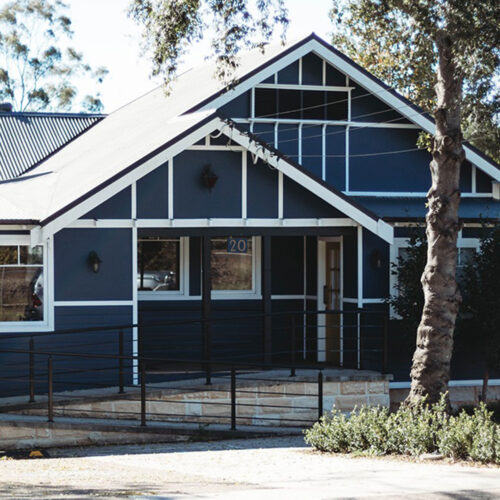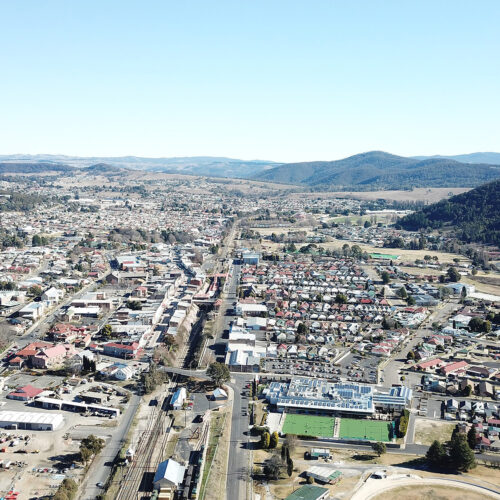Do you have difficulties exercising on land, experiencing pain or discomfort limiting your ability to weight bear or looking for a variation to your everyday training regime? Hydrotherapy may be the therapy you are missing.
What is hydrotherapy?
Hydrotherapy involves the use of water to treat various conditions. It typically involves completing a set of exercises partially or fully submerged in warm water. Hydrotherapy has been used for many years and is becoming increasingly popular by many health professionals due to water’s unique properties allowing exercise to be more easily achievable than in a land-based environment, such as buoyancy, resistance, hydrostatic pressure and turbulence). Water-based therapy allows for low-impact exercise to be achieved due to the effect of reduced body weight. It is popular not only in rehabilitation but athletic training, post-training recovery, weight management, balance training, neurological rehabilitation
Hydrotherapy is a term that is often also referred to as aquatic therapy, aquatic immersion therapy, water therapy, pool therapy, and aquatic physical therapy but all refer to water-based treatment and exercise used to improve overall health, strength and aerobic fitness.
Who is hydrotherapy suitable for?
Hydrotherapy is suitable for a very wide range of individuals. It is especially beneficial for those with conditions including:
- Chronic pain (including low back pain)
- Osteoarthritis or rheumatoid arthritis
- Osteoporosis
- Multiple sclerosis
- Cerebral palsy
- Parkinson’s disease
- Physical disabilities (including amputation)
- Fibromyalgia
- Chronic fatigue syndrome
Hydrotherapy is also ideal for those who are:
- Undergoing pre or post-orthopedic surgery rehabilitation
- Completing injury rehabilitation
- Experiencing difficulties with weight bearing on land
- Overweight or obese
- Suffering from reduced cardiovascular fitness and/or muscular strength
- Requiring balance improvements
What are the benefits of hydrotherapy?
Hydrotherapy has a range of benefits including improving:
- Circulation and metabolism
- Blood pressure and heart function
- Flexibility
- Range of movement and functional mobility
- Muscle strength
- Cardiovascular fitness
- Posture
- Balance
- Sleep quality, mood and sense of well being
Hydrotherapy can also reduce:
- Heart rate (both resting and during exercise)
- Muscle spasms
- Body weight
- Swelling and inflammation
- Stress/anxiety
What properties does water have on the body’s movements and how does this create benefits?
Water has special properties that have an effect on movement in the water.
Buoyancy
- Is the force exerted by a fluid on an object immersed in water. As the body is less dense than water buoyancy is created allowing for a reduction of body weight. While submerged in water, a reduction of 50-95% of body weight can be created through varying water depths. Buoyancy has the ability to resist or assist movements in water.
- This body weight reduction means joints are offloaded creating a reduced weight bearing environment with less load placed on joints assisting movement, making movements that may be difficult or impossible on land much more achievable
- Movements can be varied in the water to use buoyancy as assistive or resistive – creating easier or harder movements.
- Buoyancy allows movements in the water to be considered easier due to the reduced load through joints – perfect for post-operative rehabilitation, reduced weight-bearing conditions, osteoarthritis, and low back pain.
Resistance, viscosity, turbulence, drag
- Resistance is created through water viscosity (thickness) and surface tension together
- Viscosity is the amount of friction acting on a moving part in water. Cohesion is the tendency of water molecules to stick to each other.
- Turbulence relates to the changes in water pressure as objects move through water, drag is created when the force on an object resists its motion
- Intensity of movements can be altered by modifying drag through speed of movements. Slow, controlled motion involves little friction and resistance from cohesion allowing for easier movements (perfect for conditions including chronic fatigue syndrome and fibromyalgia). Whereas, quick, powerful or explosive movements have greater friction and cohesion, creating a harder movement. Drag can also be increased with surface area (for example, through the use of equipment such as a kickboard)
- Using such principles, balance and proprioception exercises can be applied in water creating a fall-safe environment, while providing stimulus for improving muscular strength and cardiovascular fitness.
Hydrostatic pressure
- Refers to the pressure that the fluid in a defined space exerts, the pressure created by the weight of water pressing on the body within water. The deeper the immersion the greater the pressure experienced.
- Hydrostatic pressure affects both vascular and lymphatic systems, improving return or lymph and blood to the central organs from the extremities, improving circulation (improving stroke volume and cardiac output) and having the potential to reduce swelling and inflammation. This also allows for cardiovascular benefits at a lower intensity in comparison to land-based exercise.
Thermodynamics
- Warm water facilitates an improved range of motion, increases circulation and muscle blood flow, and decreases muscle spasms.
- Warm water allows for optimal exercise where the body does not give off heat or retain heat causing early fatigue or dehydration (thermoneutral water).
When in doubt, seek advice from a Physiotherapist or your GP.
OnePointHealth’s Exercise Physiologists team up with World of Swimming (232 Coreen Avenue, Penrith) to deliver hydrotherapy as a group class in a shallow water pool:
– Tuesday’s 1pm


